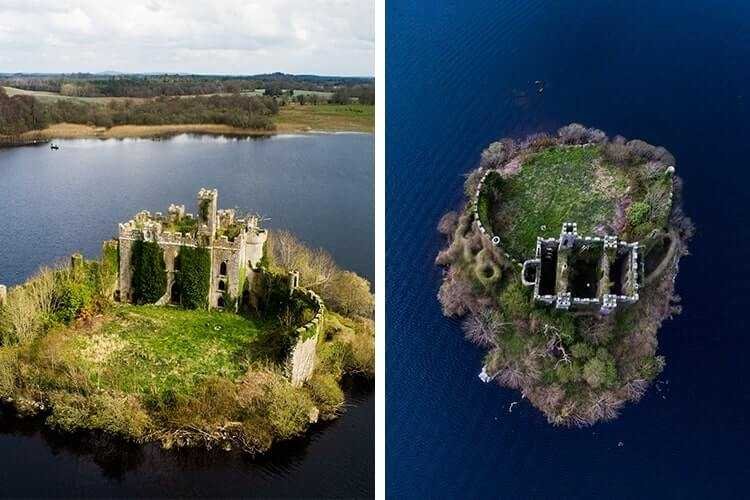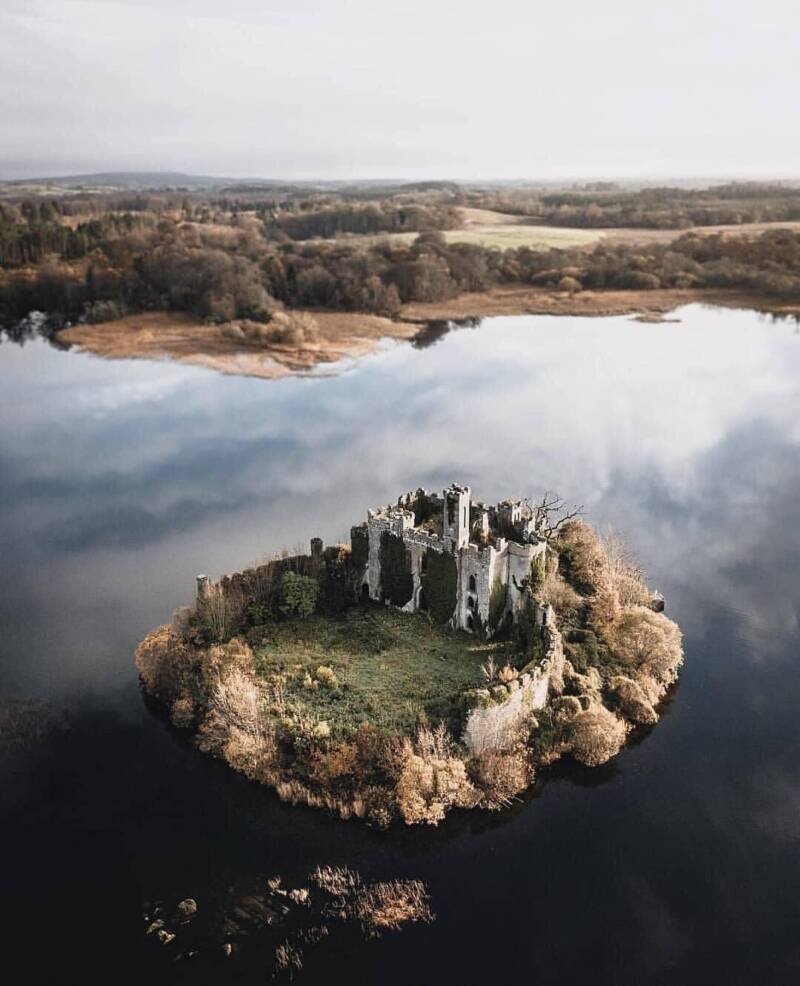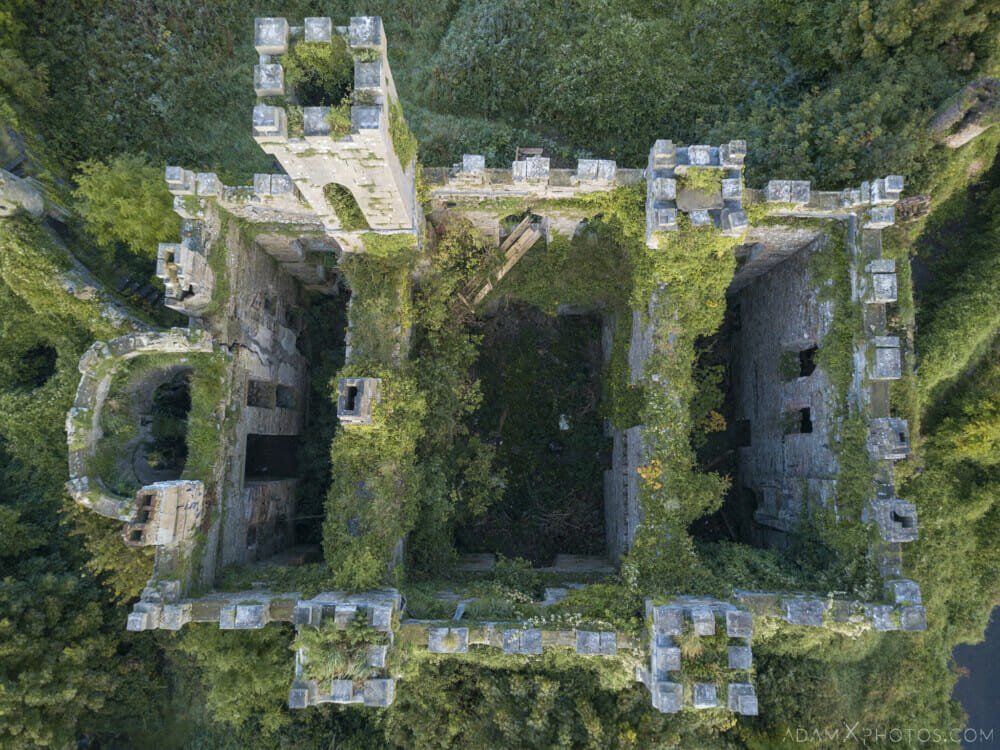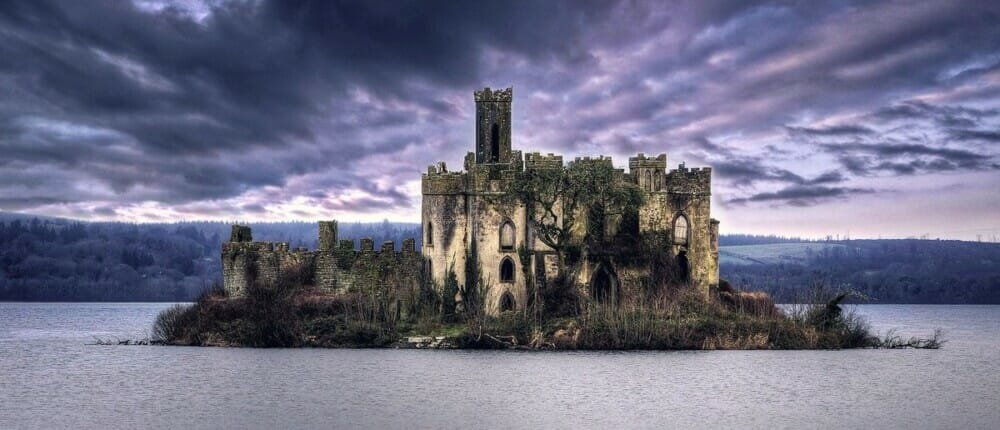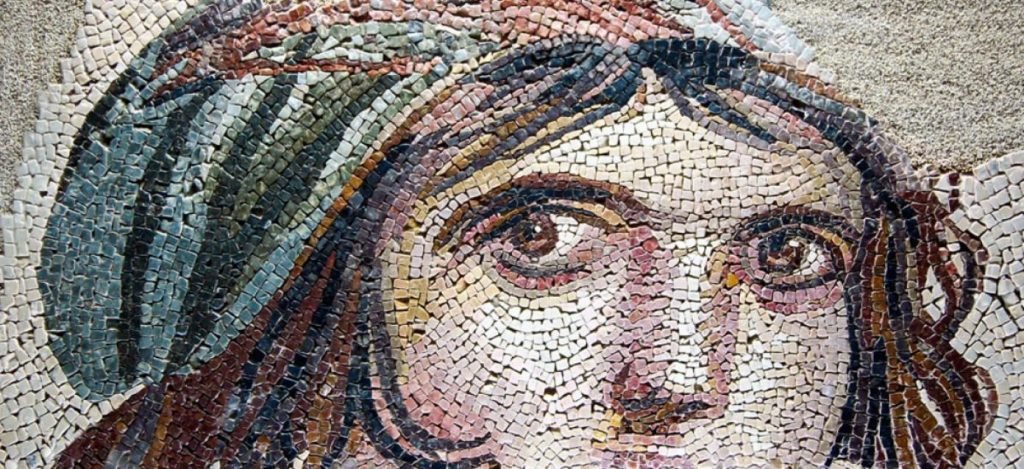The Nabatean city of Petra, located in modern-day Jordan, is a true architectural wonder. Rediscovered in 1812 by Swiss explorer Johann Ludwig Burckhardt, who had disguised himself as a Muslim pilgrim to gain access to the site, Petra is characterized by its unique rock-cut architecture and advanced water management system. The city, which was once a bustling trade center and capital of the Nabatean kingdom, is now a UNESCO World Heritage Site, attracting visitors from all over the world.
One of the most striking features of Petra is its rock-cut architecture. The Nabateans, the Arab tribe that built Petra, carved their buildings directly into the sandstone cliffs. The most famous of these structures is the Treasury, a massive building that stands at the end of a narrow canyon known as the Siq. The Treasury, with its ornate façade and intricate carvings, is considered one of the most beautiful examples of Nabatean architecture.
Another impressive feature of Petra is its water management system. The Nabateans were able to create a sophisticated system of cisterns, dams, and channels that allowed them to collect and store water, even in the arid desert climate. This system allowed Petra to thrive as a trade center, as it was able to sustain a large population despite its desert location.
As an important trade center, Petra was a melting pot of cultures, where merchants from all over the ancient world came to exchange goods. The city was situated at the crossroads of several trade routes, making it a hub for the transportation of goods such as spices, textiles, and incense. The Nabateans, who were skilled merchants and traders, also controlled the trade of valuable frankincense and myrrh, which helped to make Petra one of the wealthiest cities of the ancient world.
Petra also played an important role in the religious and cultural life of the Nabateans. The city contains several temples, tombs, and shrines, many of which were carved into the rock cliffs. The most famous of these structures is the Monastery, a massive building that is similar in design to the Treasury. The Monastery, which is believed to have been used for religious and ceremonial purposes, is also considered one of the most impressive examples of Nabatean architecture.
The city of Petra was abandoned in the 4th century AD, due to a combination of factors such as a shift in trade routes, earthquakes and changes in the water supply. However, it was rediscovered by Swiss explorer Johann Ludwig Burckhardt in 1812, and since then it has been studied and explored by archaeologists and historians.
In conclusion, the Nabatean city of Petra is a true architectural wonder, characterized by its unique rock-cut architecture and advanced water management system. The city, which was once a bustling trade center and capital of the Nabatean kingdom, is now a UNESCO World Heritage Site, attracting visitors from all over the world. Petra is a testament to the ingenuity and skill of the Nabateans, and a fascinating glimpse into the past.











